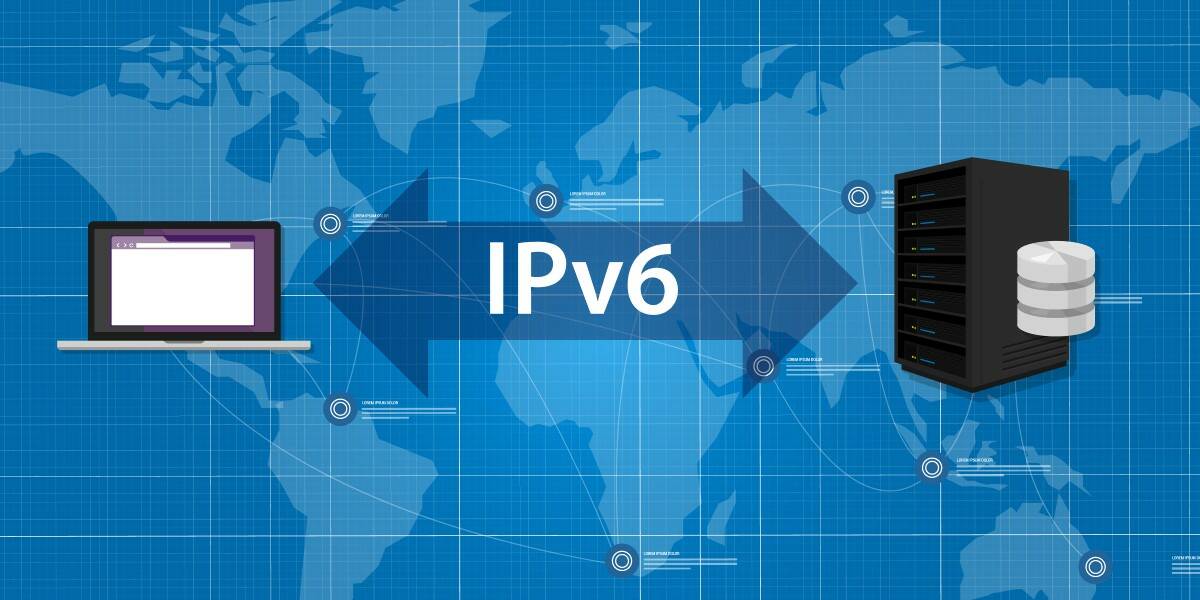Asia has become the second region in the world to reach 50 percent IPv6 capability, according to data from labs run by the Asia Pacific Network Information Center (APNIC). “This marks a significant milestone, achieved 25 years after the regional journey with IPv6 first began,” wrote APNIC director general Jia Rong Low in a Wednesday blog post . It does not, however, mean that more than 50 percent of devices in APNIC’s service area – 56 countries that span from Afghanistan to Oceania – rely on IPv6.
Instead, it’s a measure of whether hosts across APNIC’s territory are IPv6-capable, based on an average of the last 30 days of network analysis and probing by APNIC Labs. “When measuring IPv6 usage, if APNIC Labs can fetch a URL using IPv6, then the host system is labelled ‘IPv6 capable’,” Low wrote. An IPv6-capable system could also be a dual-stack host that can handle IPv4 and IPv6.

APNIC calls that “IPv6 preferred”. China and India are leading the charge to IPv6 in Asia. Low attributed those nations’ networking habits to “their vast number of active Internet users, strong national policies promoting IPv6, and recent significant capital investments.
” Numbering system wonks have told The Register that India and China were handed paltry IPv4 allocations in the early days of the internet, so had little choice but to adopt IPv6 as they expanded their data and comms networks to serve their uniquely enormous plus populations. Here’s APNIC’s top nine IPv6-deploying nations, ranked by a methodology that considers population size, policy support, and infrastructure investment: The nations served by the American Registry for Internet Numbers (ARIN), which covers the USA and Canada, are collectively the most IPv6-capable at 52 percent. APNIC, however, claims bragging rights because users in its member countries account for 64 percent of global IPv6 users compared to ARIN’s measly 9.
6 percent. Nations across Europe, the Middle East, and central Asia served by RIPE NCC represent 16 percent of IPv6 users and collectively possess 28 percent IPv6-cability. LACNIC, which serves South America and the Caribbean, has 10.
7 percent of the world’s users and 39 percent capability. Just four percent of hosts in Africa are IPv6-capable, and its regional internet registry AFRINIC represents 0.9 percent of IPv6 users.
APNIC’s Chief Scientist Geoff Huston has argued that the evolution of the internet means moving to IPv6 is no longer imperative, as large-scale use of IPv4 network address translation (NAT) means the older protocol can satisfy the world’s need for IP addresses. Huston also believes the increasing prevalence of content delivery networks and their use of transport layer security and DNS to identify users makes all IP addresses less relevant. In his post, Low acknowledged “The global Internet is expected to remain dual-stack for the foreseeable future.
” He also noted the transition to IPv6 “is progressing at a linear rate, currently at 34 percent.” “However, capital investment is driving change, and with the rollout of 5G and 6G systems in more economies, IPv6 capability growth in the mobile sector is likely to remain strong worldwide,” he wrote. There’s plenty of room to grow, because the IPv6 number space covers 340 undecillion addresses – 2 128 compared to IPv4’s 2 32 .
Last year The Register spotted allocations of 7.5 decillion IPv6 addresses (a 34-digit number) to Huawei and US bank Capital One. ®.
Technology

Asia reaches 50 percent IPv6 capability and leads the world in user numbers

India and China deliver a nice milestone, with help from ancient internet history Asia has become the second region in the world to reach 50 percent IPv6 capability, according to data from labs run by the Asia Pacific Network Information Center (APNIC)....















